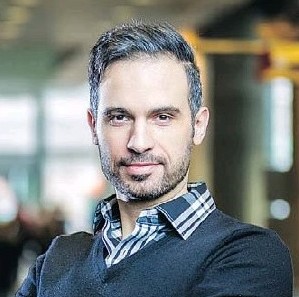
Mazdak Nik Bakht
Mazdak is the founder and director of COMPLECCiTY lab and is currently an associate professor in the area of Construction Engineering & Management and Infrastructure Management at Concordia University.

Abdelhady Hosny (PhD)
Abdelhady Hosny
Abdelhady Hosny has been a Civil engineer with focus on project management since 2009. He has completed his masters in 2013 and is currently pursuing his PHD with Concordia University. His areas of interest are focused towards smart modelling and simulation of construction operations with BIM.
Non-deterministic Workspace Management in Construction
Spatial Temporal (Operational) Clashes happen when workspaces overlap to share the same location at the same time. The impacts of such overlap, as stated by the literature could extend from loss of productivity to property damage or death. Most of the current clash detection models are deterministic. However, the behavior of the crew (their performance and approach taken towards management of clashes) is more chaotic. The chaos mainly emerges from the dependency of clashes and their consequences on the human interactions among crew members and between different crews. Accordingly, the focus of this research is to explore non-deterministic modeling alternatives for the problem, such as agent-based modelling, in an attempt for higher accuracy and better simulation
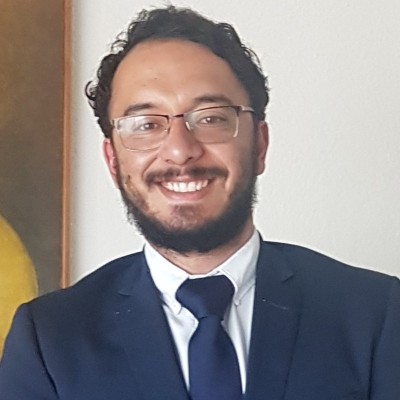
Araham Martinez (PhD)
Araham Martinez
Araham Martinez Lagunas studied his bachelor´s in civil engineering, and his master’s in construction management graduating from Tecnológico de Monterrey in 2012, and 2014 respectively. Araham´s areas of interest have focused on the implementation of BIM and cutting-edge technologies in the construction industry, pursuing now his Phd with Concordia University.
BIM Process Mining in Construction Operations
Most of the construction projects suffer from overrun either in terms of time and cost scope, and/or deviation in quality compared to the expected requirements. A more realistic process and collaborative workflow plan requires continuous learning from previous projects. This entails properly documented ‘as-happened’ experiences. Therefore, the main objective of this research is to determine deviations from as-planned processes and bottlenecks in construction projects in a fully automated manner. This will be realized through the application of process mining techniques to the data-infused BIM, which are fed with cutting-edge sensing and data acquisition technologies during execution phase. The research outcomes will help professionals in construction industry to plan and control for future projects based on the automatically identified lessons learned.

Arash Hosseini Gourbapsi (PhD)
Arash Hosseini Gourbapsi
Arash Hosseini is pursuing his Ph.D. program in civil engineering at Concordia University. He has studied structural engineering during his master's studies. His area of interest is mainly BIM and IoT.
BIM-Sensory Data Integration
The integration of sensory data in BIM enables real-time status of building and spaces.BIM (Building Information Modeling) has valuable building information as it can store all the information that is required from the design stage of a building to its commissioning and maintenance. In order for BIM to serve the operation/service phases, it must be linked to the lifecycle information of the facility. Sensory data can be used to facilitate this process by providing this information to BIM in [near] real-time

Ei Ei Chan (PhD)
Ei Ei Chan
Ei Ei Chan is a master student in Civil Engineer at the Concordia University. She has got her Bachelor of Engineering in Civil from Mandalay Technological University, Myanmar. She has 9 years of construction industry experienced especially in the area of costing and procurement, project and contract management. Her area of research interest is focused towards the modular construction contract documents.
Identifying Sources of Confusion in Construction Contract Documents through Court Case Analysis
Modular construction’s popularity is rising around the world. With this industry revolution, contract management surpasses the traditional contracting way into more collaborative approaches. There are multiple formats of contract conditions that are accessible in the industry for the different design and construction delivery methodologies, yet those are mostly drafted for traditional project delivery methods. Using these contract forms for modular construction gives rise to redundant disputes or claims and may lead to the project failure. Hence, the research objective is to provide a model for sources of confusion in construction contracts through a comprehensive review of the literature in both conventional and modular construction. Additionally, analysis of the relevant court cases from Supreme Court of Canada over the past 33 years (from 1986 to 2019) will be conducted to evaluate the impact of each source on construction litigation, claims and disputes by relating the motion of proceeding to the list of confusion sources.

Farzaneh Zarei (PhD)
Farzaneh Zarei
Farzaneh Zarei, BS’11, and MS’14 is a third-year Ph.D. candidate at Concordia University. She started her education in Software Engineering in 2006 and continued her education at the University of Tehran, Iran in the field of artificial intelligence. Her fields of interest are focused towards smart-city development and opinion mining.
Integrating Citizen Feedback with 3D City Models
With the aim of providing urban services, a high amount of money is invested in the management of urban infrastructure to maintain required levels of service and meet the expected performance of the system. Furthermore, the end-users of the infrastructure services are the ones who should approve the provision of the right services. Hence, it is critical to consider social structures in decision-making about different aspects of urban infrastructure projects. However, such a process is highly dependent on the availability of adequate models and techniques for processing the information provided. In this research, the streams of urban data provided by citizens are integrated with 3D city models to enrich urban information models with the data related to the infrastructure
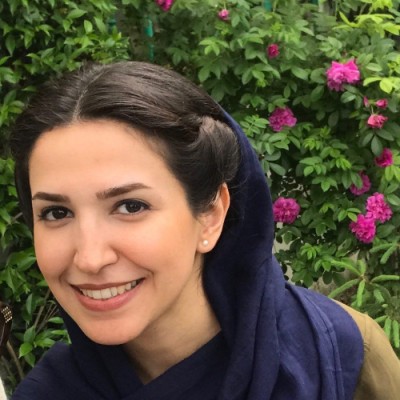
Leila Rafati Sokhangoo (PhD)
Leila Rafati Sokhangoo
Leila Rafati Sokhangoo is currently a Ph.D. Student in Building Engineering at the Concordia University. She has six years of experience in construction industry as a reinforced concrete and steel structures designer and around five years’ expertise in academia. Her areas of interest are prefabricated construction, machine learning and building performance analysis.
Energy Performance of Prefabricated Buildings
Prefabricated construction is defined as the practice of assembling structural components at a manufacturing site and transporting them to the jobsite. Prefabricated buildings are becoming more common in the construction industry; mainly because they help reduce construction time, as well as improve safety and environmental benefits compared to conventional construction methods. Moreover, de-carbonization as an essential target of current construction industry strategies, has started an effort to minimize the energy consumption in the usage stage since this phase has the largest share of total life cycle’s energy usage. Accordingly, the aim of this research is to understand the environmental and energy performance of prefabricated buildings.
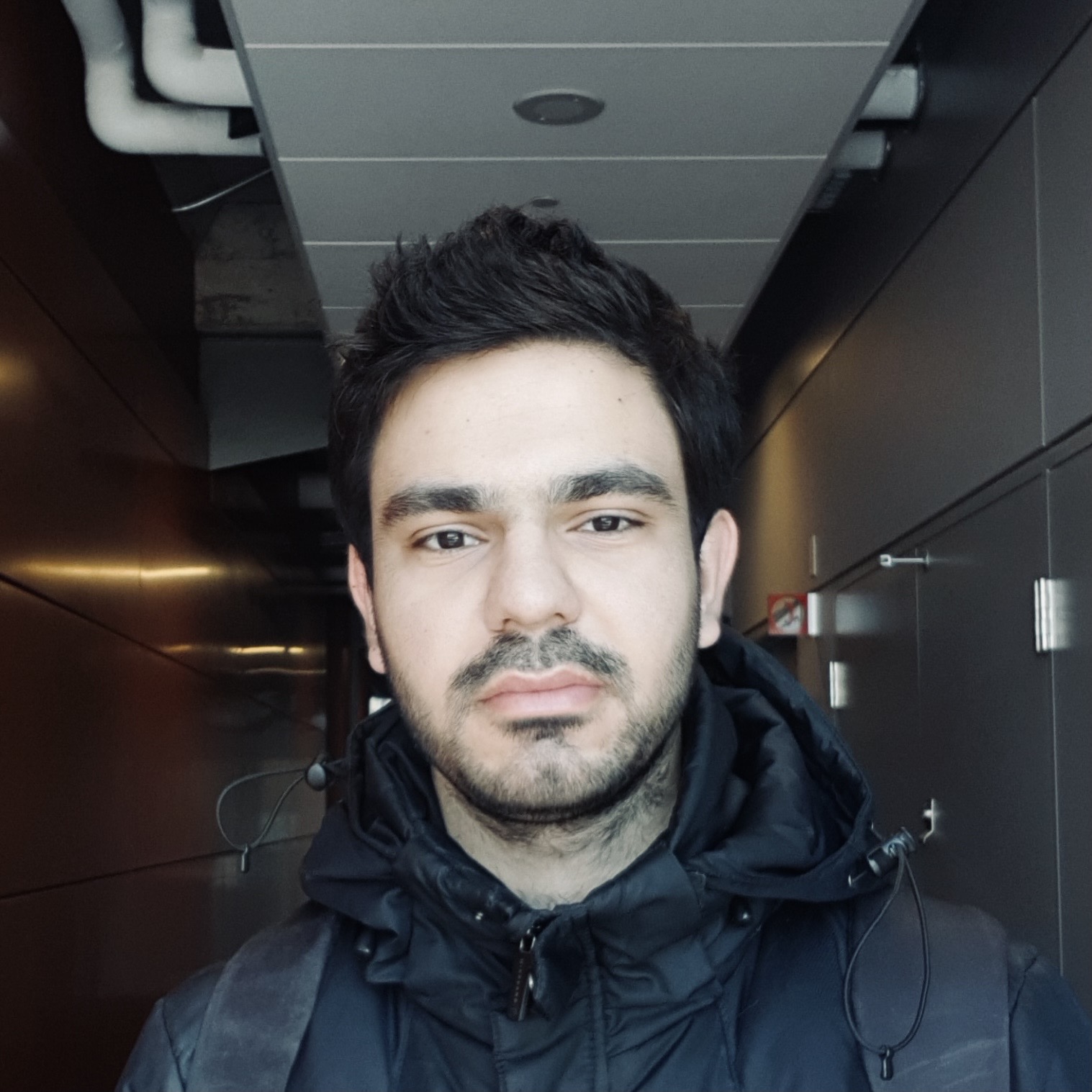
Mohammadali Khazen (MASc)
Mohammadali Khazen
Mohammadali Khazen is currently studying his master’s degree in building engineering with focus on construction management at Concordia University. He studied his bachelor's in architectural engineering, and following that he did an internship as assistant site manager. His areas of interest are wearable sensing technology, sensored construction sites and its integration with BIM.
Construction Worker/Asset Tracking On Site
The use of wearable sensing devices can open a new door toward safety management, productivity monitoring and operational efficiency on construction sites. Localization systems provide decision-makers with a timely warning if a worker is in proximity to danger areas or tagged construction materials are placed in the wrong location. Estimating time spent in different working zones can help in measuring actual productivity for working activities. The aim of this research is to design a Real-Time Localization Service (RTLS) designed specifically for the construction industry by considering practical factors such as ease of use, scalability and adaptability to dynamism on site.

Mahdis Shahidi (MASc)
Mahdis Shahidi
Mahdis Shahidi is currently completing her master’s degree in building engineering in Concordia University. Her background is in Architecture with a focus on energy simulation and modeling tools. She is interested in areas related to urban energy modeling and its integration with BIM.
Integration of BIM & 3D GIS for comparison of individual and urban scale building energy modeling
Smart cities should deal with the information of different levels, from asset to neighborhood. Right now, these two criteria are considered as two different independent scopes. Whereas, the corporation between them is essential for district energy analysis, construction and operation improvements. For instance, in this research the focus would be on CityGML and IFC (Industry Foundation Class) as two of the most common information standards on the macro and micro levels, developed by Open Geospatial Consortium (OGC, 2012a) and buildingSmart Alliance, 2013a respectively. Consequently, the goal of this research is to compare the urban energy simulation results with the individual stand-alone building energy modeling outputs. The integration is supposed to be done using automated semantic techniques and data mapping. And, the final objective is to analyze the impact of influences of other buildings on an individual building performance, based on the integrated urban energy models of a district as a case study.
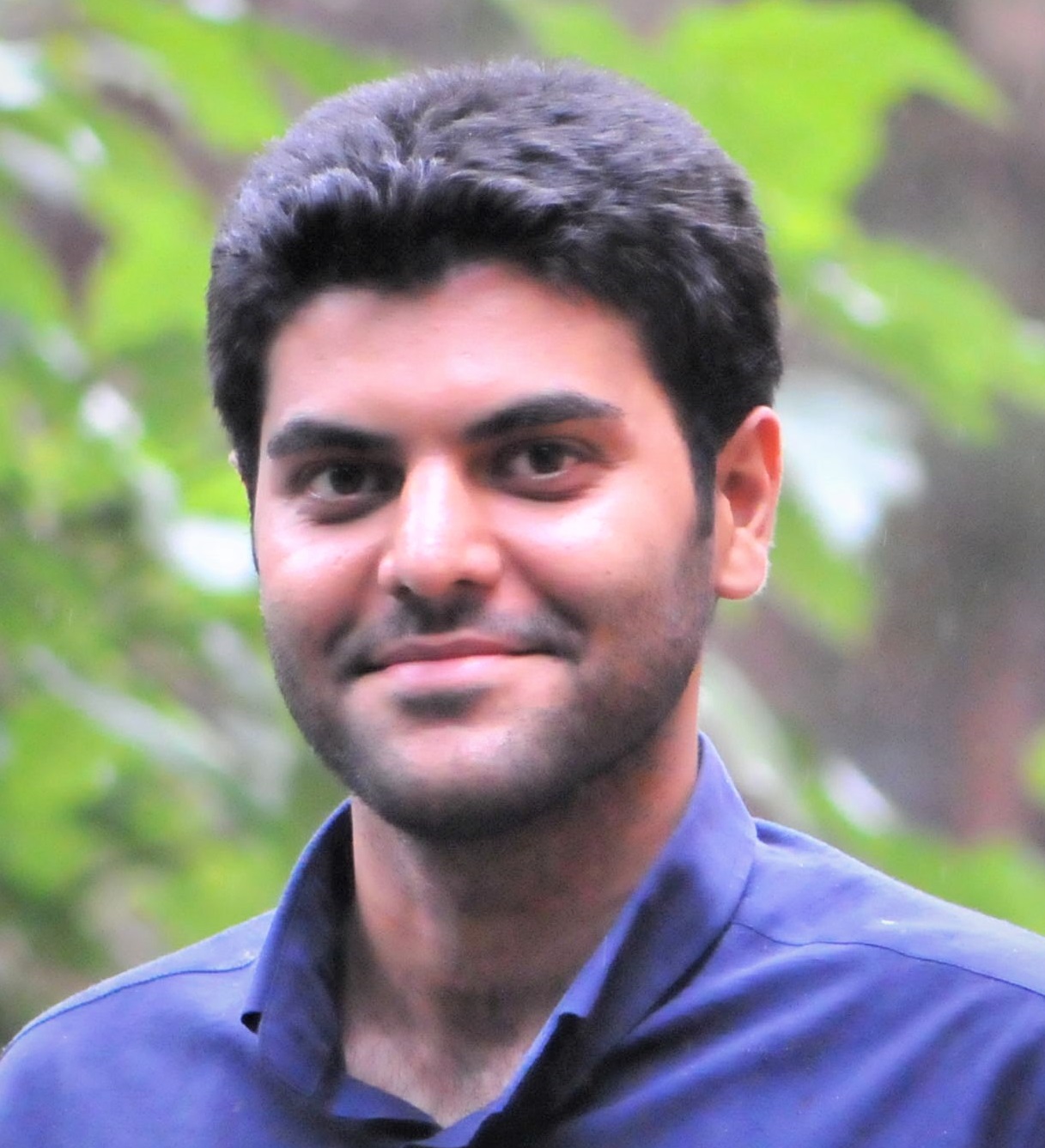
Masood Shamsaiee (PhD)
Masood Shamsaiee
Masood joined Concordia University in 2020 as a Ph.D. student in Building Engineering. He obtained his Master's in 2019 in Mechanical Engineering from Iran University of Science and Technology. His areas of interest are sustainability, smart cities, and building energy management.
Occupants' Behavior Modeling
The building sector accounts for almost a third of the total energy consumption worldwide, making it crucial for designers, managers, owners and policy makers to clearly understand the prominent factors and trends in building energy consumption. The occupants' behavior and how they interact with the building energy systems are of great importance and yet to be fully understood. The introduction of big data into the urban setting has facilitated endeavors to further study occupant behavior. Masood aims to utilize big data and novel data mining techniques to extract knowledge on occupant behavior, with the ultimate aim of improving the built environment's resilience and sustainability.
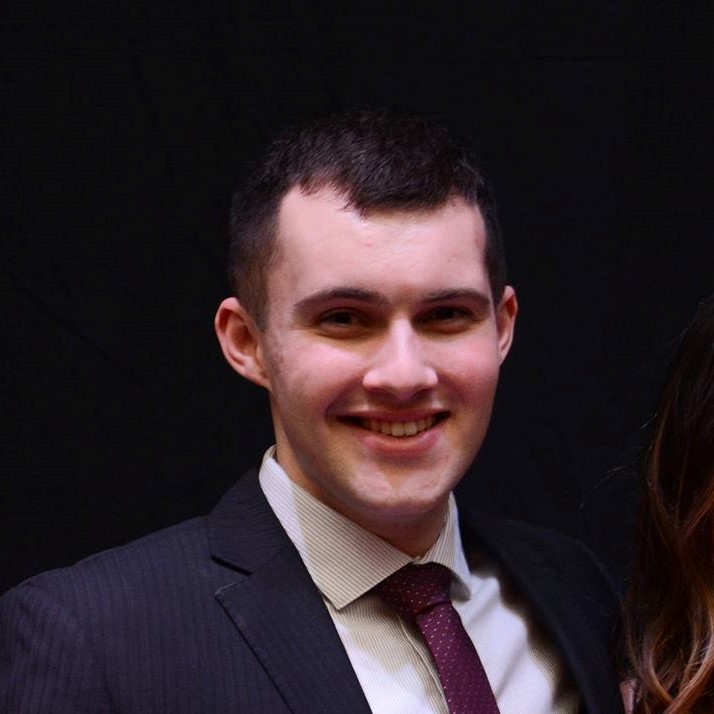
Antoine Carrière (MASc)
Soheil Heidarian Radbakhsh
Antoine Carrière is pursuing his MASc in Civil Engineering with specialization in Construction Engineering and Management. He holds a BEng from Concordia University in Mechanical Engineering in the Aerospace and Propulsion Engineering option. He is interested in areas related to the integration of AI in construction operations management. He is also interested in intelligent transportation systems (ITS), structural health monitoring systems (SHMS), and infrastructure asset management systems.
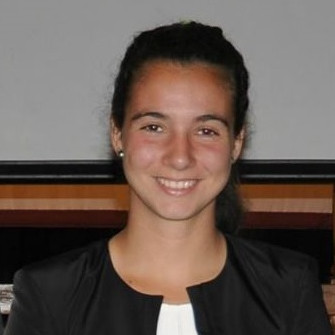
Rafaela Orenga Panizza (PhD)
Rafaela Orenga Panizza
Rafaela Orenga Panizza graduated in environmental engineering in 2016. She is now completing her master’s degree at Concordia University and has plans to begin her PhD, also at Concordia. Her areas of interest include energy simulation, and the use of big data to help in the making of important decisions.
Parametric Recommender System for Design of Cost-effective Energy Efficient Buildings
During the design phase of a building, the decisions made at the early stage are the ones that impact building’s lifecycle energy performance most. Today, however, due to the large number of possible design scenarios, such decisions still rely on rules of thumb and engineering judgement rather than the available building performance simulation tools. To try solving this problem, the goal of this research is to help designers to limit those scenarios by creating a recommender system that looks at building attributes and suggests scenarios that are worth taking into consideration during simulations. To accomplish that, a s et of data analysis techniques are being explored to understand the behavior of energy influential parameters in different building models.
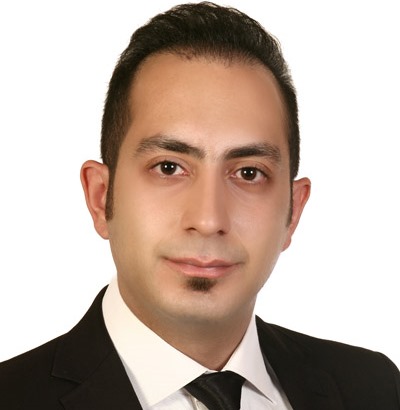
Yashar Bezyan (PhD)
Yashar Bezyan
Yashar Bezyan received a bachelor and master degrees in petroleum engineering. My research backgrounds included modelling and simulation of fluid flow and application of Machine learning in these field of studies. In 2020, I joined COMPLECCiTY group as a PhD student, and currently, I am working on fault detection and diagnosis in HVAC system.
Fault detection and Diagnosis in HVAC systems
Heating, Cooling and Air conditioning (HVAC) systems accounts for over 30% of electricity consumption in buildings. Therefore, careful maintenance of HVAC components is of a great importance to avoid energy, environmental and economic losses. However, studies have shown that malfunctioning and faults in HVAC systems result in significant energy wasting annually. Fault detection and diagnosis (FDD) is known as an approach to deal with the addressed issues. Various techniques are applied to detect and diagnose the faults in the early stages prior to complete system failure, which save energy and cost to a large extent.Current research mainly focuses on applying Machine learning methods to detect and diagnose faults in HVAC systems.
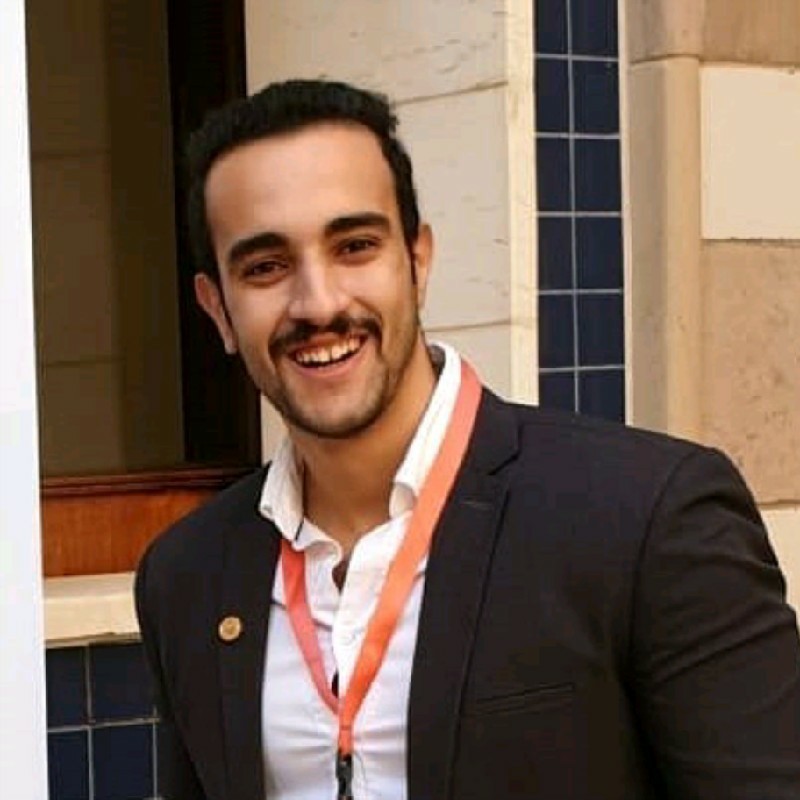
Amr Allam (PhD)
Amr Allam
Amr Allam, a PhD student in Building Engineering at Concordia University. Allam earned his BSc (2016) and MSc (2020) degrees in Construction and Building Engineering from Arab Academy for Science, Technology and Maritime Transport. He has got GTA then TA positions in his alma mater for 5 years as well as a planning and project control engineer for different consultation centers in Egypt. Allam's research interest spans across different disciplines: Deconstruction, Circular Economy, BIM, Generative Design, and Decision-Making.
Occupancy Pattern Detection using WIFI for Optimizing Building Deconstruction of Heavy Infrastructure
When the useful life of infrastructure is gone, two courses of action could be taken; the traditional one is the demolition and disposing of the majority of generated wastes into landfills, while the resource-friendly action is the deconstruction of the building with the aim of diverting the wastes from landfills to material recovery. The motive of this research is to tackle the hindrances of applying deconstruction practices at the end-of-life of infrastructure.
Amir Sanatgar (MASc)
Amir Sanatgar
Amir Sanatgar is currently pursuing his Master of Applied Science program in Construction Engineering & Management, focusing on Digitalization in Construction Operation at Concordia University. He has also studied Civil Engineering during his bachelor's. His areas of interest are Process Mining, Data Analysis, smart cities, and Social Network Analysis in Construction & Infrastructure Management..
Construction & Infrastructure Management
Smart Monitor & Control Project Work include Ontology development, conceptualizing, discovering, analyzing, and optimizing processes for the construction operation, and administration workflows are at the core of his research stream.
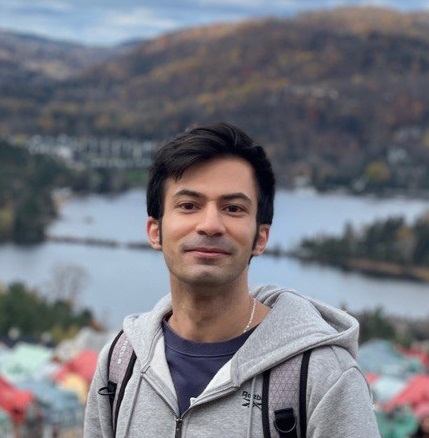
Soheil Heidarian Radbakhsh (MASc)
Soheil Heidarian Radbakhsh
Soheil is currently studying master’s degree in building engineering at Concordia University. He holds a B.Sc. in Civil Engineering and an M.Sc. in Structural Engineering. His areas of interest are construction and deconstruction engineering and management, structural analysis and its integration with BIM.
Deconstructability analysis from the structural integrity viewpoint
Nowadays, the construction industry faces two major issues: supplying material for future structures with limited resources and disposing materials from previous constructions without environmental contamination. Experts suggest circular economy (CE) as a remedy to surpass both issues. In the context of CE for buildings, “deconstruction” plays a key role which is defined as a selective or complete disassembly of building components, for future reuse, repurposing, or recycling. Finding a proper disassembly approach, however, is an integral part of deconstruction, and it is impossible to propose a deconstruction plan for a building without considering the structural integrity.

Julia Gomes (MASc)
Julia Gomes
Julia Gomes is a master's student in civil engineering at Concordia University. She graduated in civil engineering in 2016 in Brazil. Julia has six years of construction industry experience, focused on construction management. Her areas of interest include circular construction, sustainability, deconstruction, and design for disassembly.
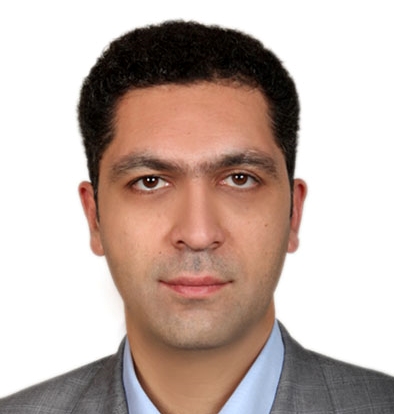
Seyed Pooya Mirsalehi (MASc)
Pooya Mirsalehi
My name is Pooya Mirsalehi. I have BS in Mechanical Engineering and a master degree in Engineering Management. I have worked in many construction projects as HVAC engineer, buidling automation engineer and site super intendent. My areas of interest are Smart Buildings and Buidling Energy Management.
As a member of Compleccity Lab I focus on cross-analysis across different project phases of projects by evaluating the effect of performance at a given lifecycle phase on other phases.